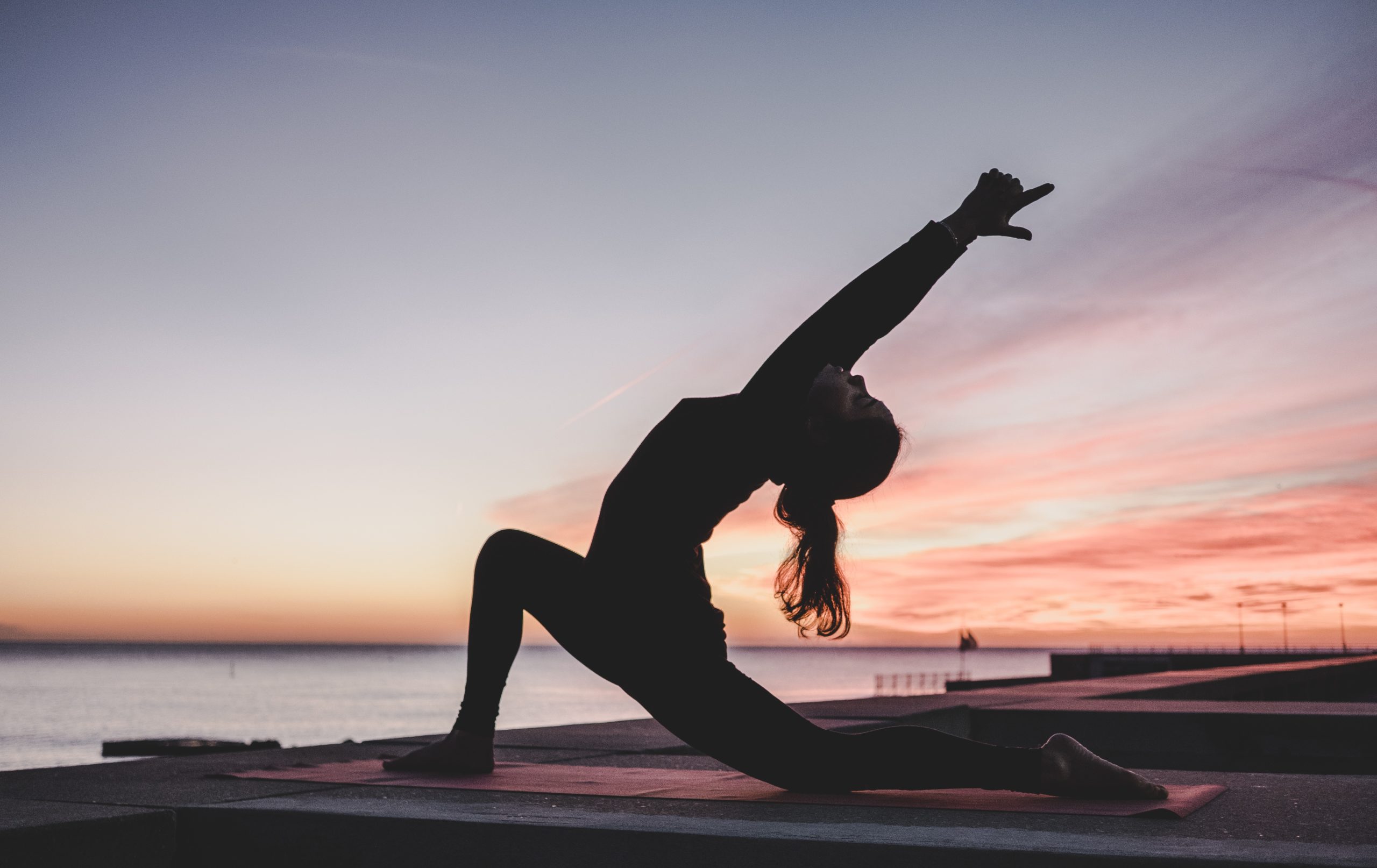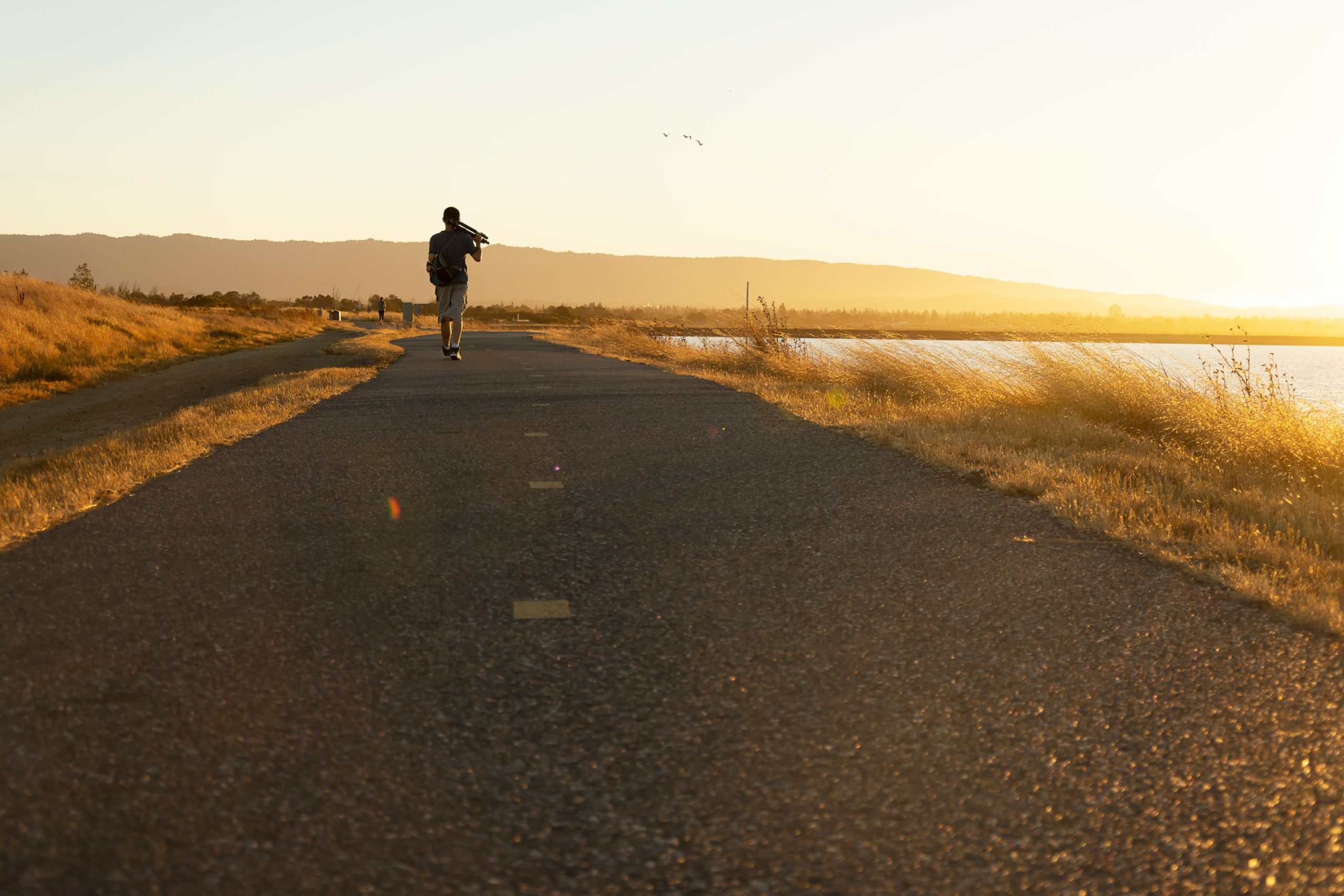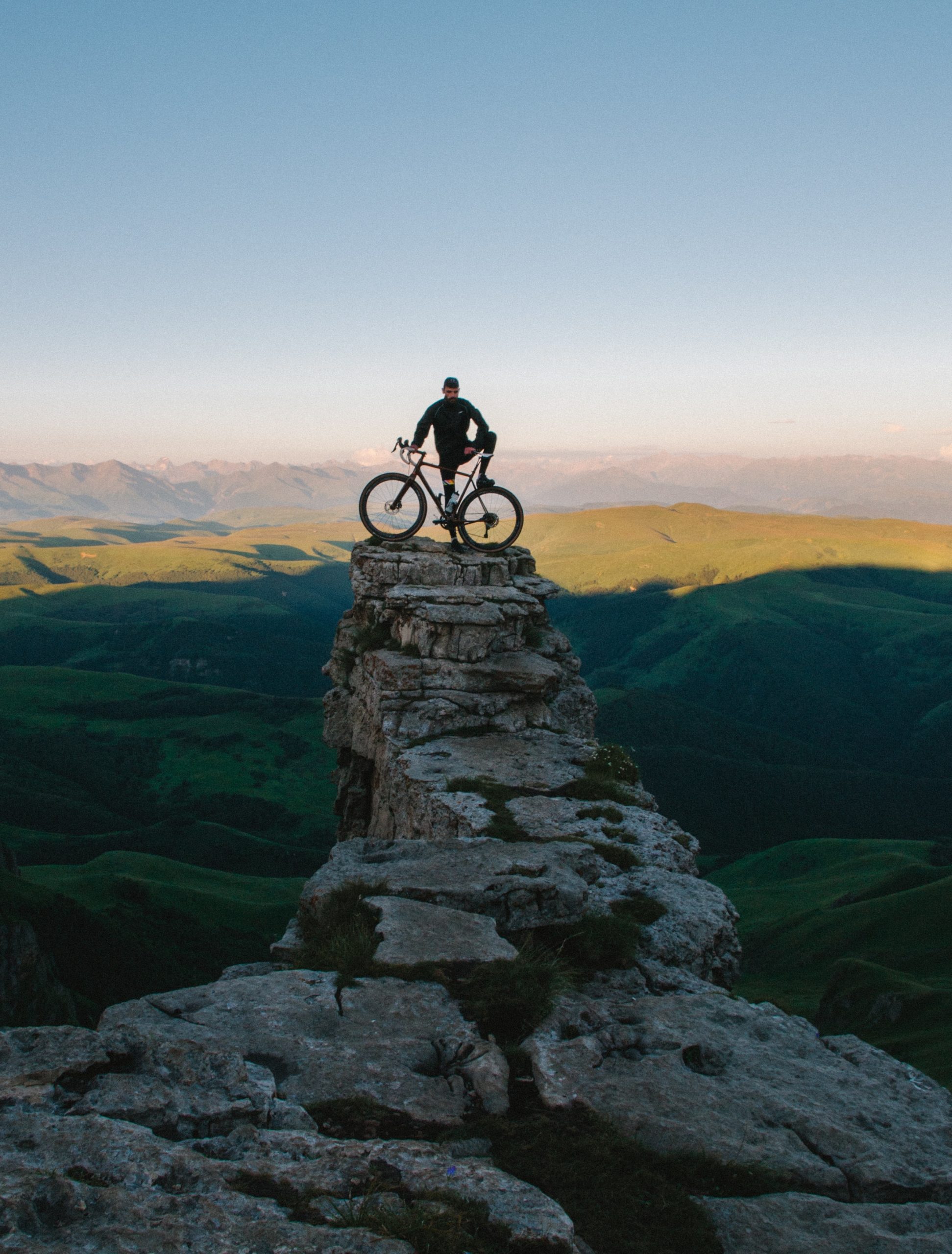As a medical profession, Swiss chiropractors are entitled to diagnose, to use laboratory analyses or to operate their own measuring and activation equipment. The Lon[h]ea method is as natural as possible, focusing on the activation of the autonomic nervous system and the balance of the microbiota. At Lon[h]ea we produce probiotics and prebiotics supplements as well as very precise and personalised programmes.
RELAXATION
Lon[h]ea specialists use manual techniques such as massage, lymphatic drainage or vibration. The hands come into action and make the connection with the person in order to be able to feel where the tensions are and release them, so that the energy flows back into the body, activating the sympathetic and parasympathetic systems.
Nutrition is the focus of the Lon[h]ea method. The functioning of the digestive brain is measured with the health check questionnaire. Conclusions are obtained which are compared with the biological assessments carried out in a second phase (for example, the risk of hypoglycaemia with insulin resistance, or the production of neurotransmitters). The inflammatory level of the body, the digestive system, the energy production capacity of the body, the fatty acid profile, the level of oxidative stress, among others, are evaluated. This allows us to profile each person in order to optimise their health.
Risks for various pathologies such as type 2 diabetes are determined. Complementary tests are carried out for a more in-depth view of the gut flora. Programs are created that include macro and micronutrients, prebiotics and probiotics.

Training is done in the comfort of the Lon[h]ea centre with high-tech biocircuit equipment or on the functional equipment. It can be done accompanied by our team of physical trainers, or on your own, following your programme displayed on the interactive terminals and on MyLon[h]ea app on your smartphone. Thanks to the application, you can complete your exercises outside and remotely, in contact with the Lon[h]ea team at any time


Our senior courses include running and walking outdoors, as well as gymnastics. Contact the centre for more information.
Running/Walking
Contrary to popular belief, running is not just for the young and fit. It can be done at any age, with many benefits: more energy, toning your body, etc. For example, jogging (slow running or walking) improves the cardiorespiratory base, which is very useful for many sports. Running has been shown to limit the loss of cartilage in knee joints!
The body is a magnificent machine capable of adapting to stress, if we respect the amount of stress it can bear.
The warm-up will activate the cardiorespiratory system and prepare it for the effort. The ranges allow you to improve your running technique and strengthen specific muscles. Muscle strengthening (lunges, body core, etc.) helps to prevent injury while toning your body and improving your well-being. Stretching facilitates cooling down and relaxation after the effort.
Combine indoor and outdoor sessions, group or private sessions according to the programs defined for you and accessible on MyLon[h]ea app.
Yoga
Mid-lifers
Seniors
Our senior courses include running and walking outdoors, as well as gymnastics. Contact the centre for more information.
Cardio
Athletica accompanies you with targeted programmes in preparation, performance and recovery. The variety of physical activities is very beneficial for health and performance.

© 2021 Lon[h]ea SA
